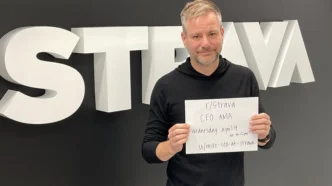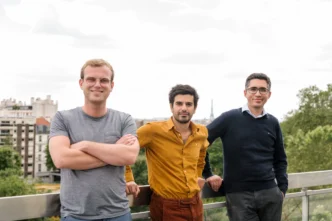Strava, the global fitness app used by millions, is doubling down on cycling with the acquisition of The Breakaway—a personalised cycling training platform incubated at Y Combinator. The move follows Strava’s recent purchase of Runna, a popular running training app, and signals a clear strategy: build specialised training experiences into its core platform by acquiring the best.
Though financial terms weren’t officially disclosed, industry insiders estimate the deal value at $15–25 million. The Breakaway had raised $3.03 million across two rounds, with its last valuation set during a $2.9 million seed round in 2022. In comparison, Runna reportedly sold for over $40 million after raising £10 million.
The Breakaway’s co-founders—Jordan Kobert and Kyle Yugawa—are former Strava employees. That inside connection likely helped smooth the path for acquisition, according to analysts, and set the stage for fast integration post-deal.
Why The Breakaway Is a Strategic Fit for Strava
The Breakaway stands out for its AI-powered training plans, which analyse a cyclist’s power data across 12 time intervals to build custom workouts. Its “Power Skills” metric benchmarks performance against eight competitive levels, helping users—whether competitive or recreational—track their progress with precision.
Breakaway users also demonstrate a key engagement metric: they upload twice as many activities to Strava as the average cyclist. That stat alone likely made The Breakaway a highly attractive target, as it directly supports Strava’s subscription growth and retention goals.
Strava CEO Michael Martin reinforced the strategic fit: “When Strava was founded more than 16 years ago, it was created initially for cyclists — these users remain important members of our global community.”
The acquisition adds to Strava’s growing portfolio of sport-specific apps and aligns with its broader strategy to become a full-stack training platform. By acquiring focused tools with strong user bases, Strava enhances its ecosystem while allowing those tools to continue operating independently.
Strengthening Strava’s Training Ecosystem
As Strava nears $500 million in annual recurring revenue—with $275 million generated in 2023—its M&A strategy is playing a central role. Rather than build from scratch, Strava is buying best-in-class apps and integrating them slowly. The company plans to keep The Breakaway as a standalone app, much like Runna, while deepening platform-level integration over time.
Strava’s $2.2 billion valuation and recent funding round help fuel these deals and reflect its steady climb in a competitive fitness tech market. With 150 million registered users and a premium subscription priced at $79.99/year, the company is positioning itself between budget apps like Breakaway and premium offerings like Runna.
By absorbing key developers from its own API ecosystem—The Breakaway was already tightly integrated—Strava not only strengthens its product, but also signals support for other third-party fitness innovators.
The estimated 50,000 Breakaway users will benefit from faster feature rollouts, improved analytics, and deeper community integration. Meanwhile, Strava users gain a smarter, more personalised cycling experience powered by Breakaway’s AI and coaching insights.
As fitness giants like Apple and Google push further into the space, Strava’s strategy is clear: own the verticals that matter, and build an ecosystem active people love to train in.













